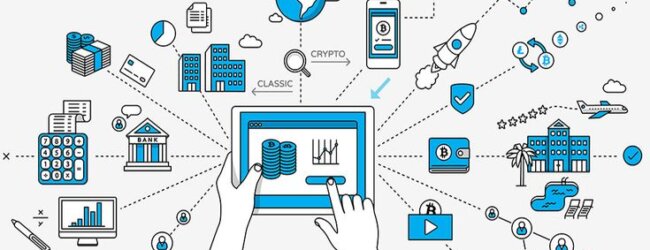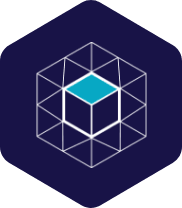
How-To Guide: Writing Software Requirements
Author: Simone Kohl
· 2 mins readWriting Software Requirements is often difficult. We have summarized here what is needed and what information is relevant.
What is a Software Requirement?
A software requirements document, or software requirements specification (SRS), is a document that describes what the software will do and how it will work. It also describes the required functionality of the product so that it meets stakeholder or business requirements.
Typically, it includes the following:
- A purpose
- A general description
- Specific requirements for the product
- How you will integrate the application
- Real user
Why Do You Need a Software Requirement?
Agile software development is about delivering the best product with adaptive planning and continuous improvement as early as possible. Therefore, you need good documentation as the foundation of the project. This enables a consistent view of the finished product during the agile development phase.
A Software Requirement Is Also Important To:
- Better estimate time and cost for the product
- Prioritize tasks
- Better understand and solve problems
- Better manage tasks; and
- Deploy the product faster
Need Expert IT Solutions?
Get a Free Consultation Today!
Whether you’re dealing with network issues, cybersecurity concerns, or software integration, our team of IT experts is here to help. Don’t let tech troubles slow you down. Call us now for a complimentary initial assessment, or click below to fill out our quick contact form. Let’s make technology work for you.
What is Included in a Software Requirements Document?
Thus, the Software Requirements Document (SRD) defines the functional and non-functional requirements for the system.
It should do the following:
- Describe a problem, which you break down into several parts
- Serve as a reference for testing
- Inform about design specifications
- Provide feedback to the customer
With the SRD, the company can show the customer that it understands the problem and how the solution to it will be approached. Therefore, you need to write the document as easily understandable as possible.
Key Elements:
- Project Scope
- At the beginning of the document, there is a basic description of a product, so that a general understanding can be created.
- You can write down the goal of the project here.
- Problem Statement
- To successfully create the product, you need to create value.
- You need to define this in the SRD.
- In the case of unpredictable things, it is then clear what the product is aimed at.
- Users
- There are also personas.
- These describe the main user flu and usually, a product has there therefrom 1-3.
- Their age, gender, income, and other demographic characteristics are described.
- The personas are created to understand what the users need and what they can use the product for.
- User Stories
- This is where the features of the product are described.
- Most of the time, this looks like: As a <user>, I want <goal> with this <reason>.
- Some features are too big to do within a sprint, so you can divide the so-called Epics into User Stories.
- System Architecture
- Here you can describe the overall system.
- The entire structures are divided into individual parts and the interaction with the product is described.
4 Tips for Writing a Software Requirements Document
1. Use a Requirement Template
- A template brings a consistent structure to the requirements.
- This can be in the form of a user story or some other format.
2. Focus on Acceptance Criteria
- Focus less on statements like “fast” or similar, and more on making acceptance criteria testable and measurable.
3. Communicate Clearly
- Requirements should not be too general.
- It is best to make the requirements as concrete and specific as possible.
4. Check the Requirements Regularly
- Review the requirements regularly with the stakeholders as well.
- This can ensure a common understanding.
- It also allows you to gather feedback and exchange ideas.





Share